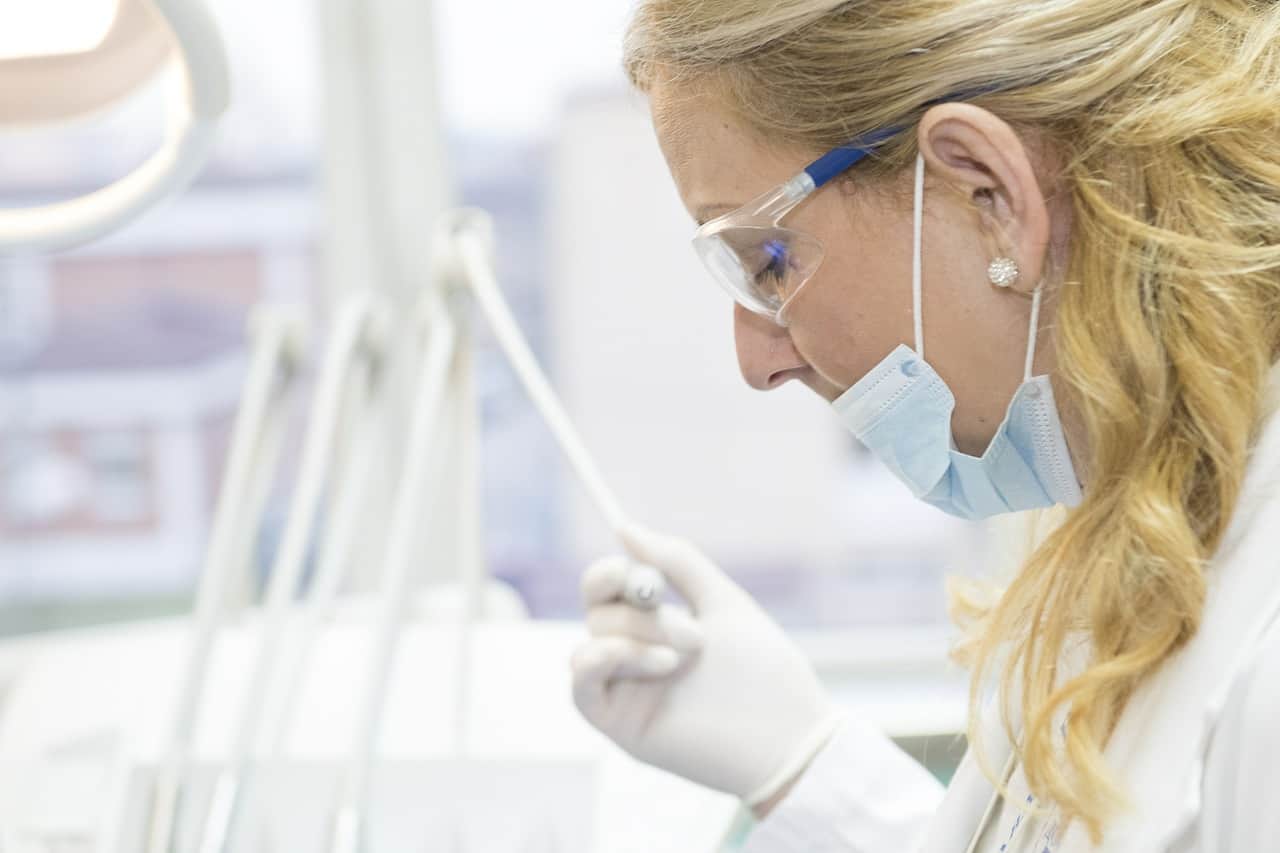Over the years, technology has greatly impacted every aspect of our lives, including the field of dentistry. With the latest advancements in technology, modern dentistry has become more efficient, effective, and comfortable for patients. In this article, we will discuss the role of technology in modern dentistry, including the latest advancements and techniques. Reupted Chapel Hill Dentistry is known for providing exceptional dental care to patients in the local community.
Contents
Digital Dentistry
Digital dentistry is the use of technology to perform dental procedures. This includes the use of computer-aided design (CAD) and computer-aided manufacturing (CAM) technology to create dental restorations such as crowns, bridges, and veneers. With digital dentistry, the traditional process of creating dental restorations, which involved taking impressions of the teeth and sending them to a dental laboratory for fabrication, is no longer necessary.
Instead, dentists can take digital impressions of a patient’s teeth using intraoral scanners, which are handheld devices that capture images of the teeth and gums. The images are then used to create a virtual model of the teeth, which can be manipulated on a computer screen to design the dental restoration. Once the design is complete, it is sent to a milling machine that carves the restoration from a block of ceramic or composite material.
Digital dentistry not only eliminates the need for messy impression materials, but it also allows for more precise restorations and faster turnaround times. Patients can have their restorations completed in a single visit, rather than having to wait several weeks for a laboratory to fabricate them.
Laser Dentistry
Laser dentistry is another example of how technology has revolutionized modern dentistry. Lasers can be used to treat a variety of dental problems, including gum disease, tooth decay, and teeth whitening. Laser dentistry is a minimally invasive technique that involves the use of a laser to remove or reshape tissue.
One of the main benefits of laser dentistry is that it is virtually painless. The laser is able to target specific areas of the mouth without affecting surrounding tissues, which means that patients experience minimal discomfort during and after the procedure. Laser dentistry also promotes faster healing times, as the laser stimulates the production of new tissue and encourages the growth of healthy cells.
3D Printing
3D printing is a rapidly evolving technology that has the potential to revolutionize the field of dentistry. 3D printers can be used to create a variety of dental products, including orthodontic aligners, surgical guides, and even dental implants.
One of the main advantages of 3D printing in dentistry is that it allows for more precise and accurate dental products. 3D printers can produce products with a high level of detail, which means that dental implants can be custom-designed to fit a patient’s unique anatomy. This not only improves the fit and function of the implant, but it also reduces the risk of complications and implant failure.
Tele-dentistry
Tele-dentistry is a relatively new field that involves the use of technology to provide dental care remotely. This can include virtual consultations, remote monitoring, and even the use of robots to perform dental procedures.
Tele-dentistry has the potential to improve access to dental care for patients who live in rural or remote areas, as well as those who are unable to leave their homes due to illness or disability. Tele-dentistry can also reduce the cost of dental care, as patients may not need to travel to a dental office or pay for expensive equipment.
Artificial Intelligence
Artificial intelligence (AI) is another technology that is starting to be used in dentistry. AI can be used to analyze dental images, identify patterns, and make predictions about future dental problems. This can help dentists to identify potential problems early and develop treatment plans that are tailored to a patient’s unique needs.
AI can also be used to improve the accuracy of dental diagnosis and treatment planning. By analyzing large amounts of data, AI algorithms can identify patterns that may not be visible to the human eye, which can help dentists to make more informed decisions about treatment options.
In addition to improving diagnosis and treatment planning, AI can also be used to improve patient outcomes. For example, AI algorithms can be used to monitor a patient’s oral health over time, and identify changes that may indicate the development of dental problems. This can help dentists to intervene early and prevent more serious problems from developing.
Virtual Reality
Virtual reality (VR) is another technology that is starting to be used in dentistry. VR can be used to create immersive, interactive environments that can be used to educate patients about dental procedures, as well as to provide distraction during dental procedures.
By using VR headsets, patients can be transported to virtual environments that can help to reduce anxiety and fear during dental procedures. For example, patients can be taken on a virtual tour of the inside of their mouth, or transported to a relaxing beach environment while they are receiving dental treatment.
Conclusion
Technology has greatly impacted modern dentistry, and has led to the development of new techniques and advancements that have improved patient outcomes and comfort. From digital dentistry and laser dentistry, to 3D printing and tele-dentistry, there are a variety of technologies that are transforming the field of dentistry.
As these technologies continue to evolve, we can expect to see even more advancements that will further improve the way that dental care is delivered. By embracing these technologies, dentists can provide their patients with more precise, efficient, and comfortable care, while also reducing the overall cost of dental treatment.




